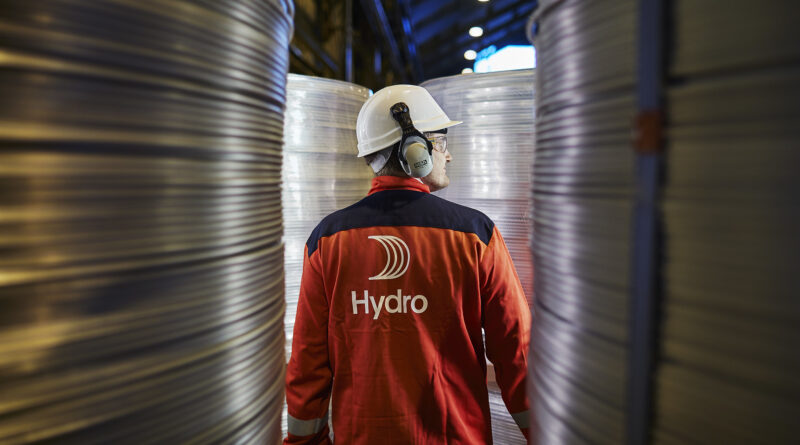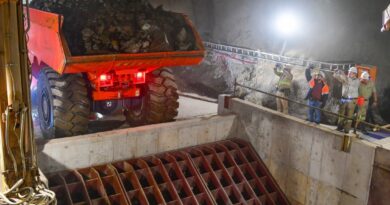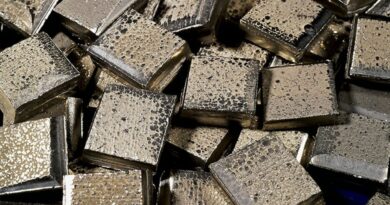HYDRO: low-carbon aluminium gaining ground
Hydro’s adjusted EBITDA for the second quarter of 2023 was NOK 7,098 million, down from NOK 11,594 million for the same quarter last year. This resulted in an adjusted RoaCE of 14 percent over the last twelve months. Results are down on lower aluminium and alumina sales prices as well as lower volumes in Extrusions, partly offset by positive currency effects and lower raw material costs.
“The results reflect a weaker market, but also the effect of our continuous improvement initiatives throughout the organization. These improvement efforts are key to ensuring robustness and strengthening our value creation when markets are declining,” says President and CEO, Hilde Merete Aasheim.
Demand for primary aluminium is declining in the short-term, while Chinese supply is returning, leading to the global primary balance weakening in recent months. In challenging markets, Hydro continues to deliver solid results and mitigate risks by improving margins, operational excellence and reducing costs. Continuous improvements strengthen the position on cost curves and ensure robustness. Hydro is on track to deliver on the full year improvement program target of NOK 8.4 billion. Standing strong and delivering in short-term uncertainties provides a solid foundation for pursuing long-term opportunities. Hydro is making progress towards achieving the 2027 accumulated improvement and commercial targets of NOK 14 billion combined.
“Commercial excellence continues to give good rewards, improving the robustness of our margins in a period with large declines in volumes across Europe and North America. A stronger market position through our greener aluminium product offering separates us from our peers and makes us attractive for partnerships,” says Aasheim.
During the second quarter, European and North American demand for extrusions have decreased significantly compared to the same quarter last year. Despite falling markets, Hydro Extrusions continues to deliver margin robustness through dedicated improvement efforts, by proactively adjusting costs and gaining market share, margin uplift, and benefiting from greener product offering. These efforts have shown strong results compared to our peers and strengthen the roadmap to deliver NOK 8.0 billion adjusted EBITDA for Hydro Extrusions in 2025.
A key pillar within the Hydro 2025 strategy to strengthen the position in low-carbon aluminium is recycling. Hydro has an ambition to more than double the use of post-consumer scrap by 2025 compared to the 2020 baseline, which is scrap that has gone a full lifecycle and comes with zero emissions.
“Our customers increasingly care about more than the price and quality of aluminium products, including where and how it is produced. All parts of our sustainability agenda, from our net-zero ambition to our social developments in Brazil and around the world, are key criteria for our most advanced customers. They ask for transparency and traceability throughout the aluminium value chain, and I am happy that a major customer like Mercedes-Benz acknowledges our efforts with granting us their sustainability award,” says Aasheim.
The transition to a lower-carbon society is dependent on policy initiatives like the European Green Deal. There are several initiatives on both climate, energy, sustainability and taxonomy that are important for the development of a greener economy. The political direction is aligned with Hydro’s growth strategy across the value chain. One important aspect of the Green Deal is circularity and what it means for recycling of aluminium. According to a secondary technical legislation under adoption, the Carbon Boarder Adjustment Mechanism (CBAM) will label aluminium based on remelted industrial scrap as “carbon free,” with zero-carbon cost on import. This allows for greenwashing of carbon intensive products and undermines the competitiveness of European producers subject to ETS, the EU market for low-carbon products and Green Deal objectives. This needs to be addressed and updated before the CBAM is finally introduced to ensure the CBAM does not cause the problem it seeks to address, but rather solves it.
In the second quarter, Hydro undertook a review of the capex portfolio for 2023 and has raised the annual guidance from NOK 16.5 billion (including the Alumetal and Hueck transactions), to NOK 20.5 billion, where NOK 2.7 billion is driven by currency translation effects and inflation, and around NOK 1.5 billion is related to the higher Alumetal bid, running capex in Alumetal and Hueck, and other return-seeking investments. Estimated capex for Hydro Rein in 2023 has increased from NOK 2.5 billion to NOK 3 billion, also driven by currency translation. No further increased capital allocation is planned for 2023.




